We may earn money or products from the companies mentioned in this post. This means if you click on the link and purchase the item, I will receive a small commission at no extra cost to you ... you're just helping re-supply our family's travel fund.
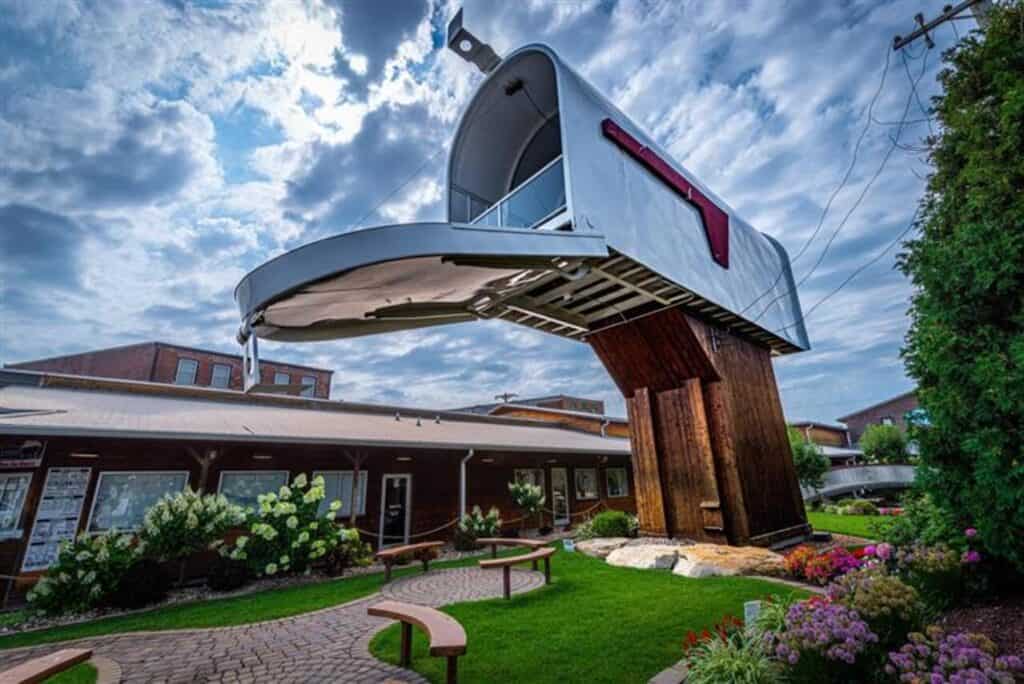
What if a town found one thing it loved so much, it built its identity around it? Some places do just that. In towns small in population but large in character, a single obsession whether comic books, carnival history, oversized art, or experimental spirituality becomes the anchor that defines their culture, draws tourists, and gives locals something to rally around. I’m going to take you through 10 such U.S. towns, each unique. By the end, you’ll see how obsession can make a place unforgettable for better and worse.
1. Metropolis, Illinois – Superman’s Small Town Kingdom
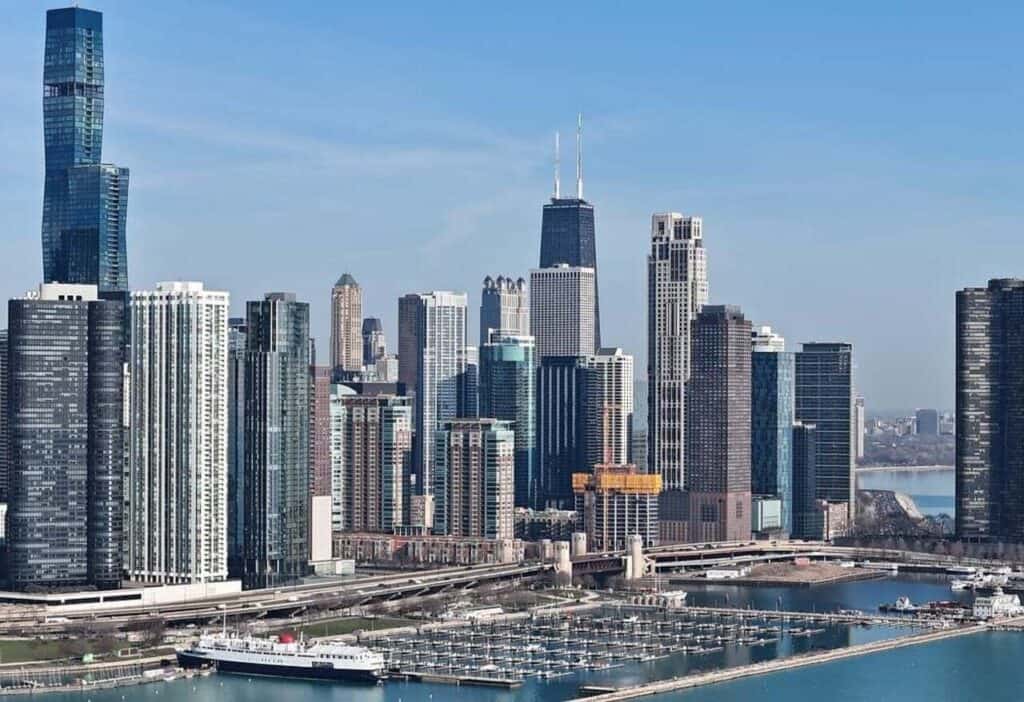
In Metropolis, Illinois, you can’t escape Superman nor would you want to. Officially declared the “Hometown of Superman” by the Illinois legislature in 1972, this town leans fully into the myth. There’s a 15-foot bronze Superman statue, a Lois Lane statue, and even a newspaper called The Metropolis Planet, all paying tribute. Every June the town throws the Superman Celebration, a four-day festival with costume contests, comic panels, vendors, and fans arriving from across the country.The town’s restaurants, gift shops, and the Super Museum lean heavily into the comic-book lore. What this means is that the town’s identity, economy, even its landmarks are shaped by a fictional hero. For superfans, this feels like a pilgrimage; for others, it’s a curious example of what a shared story can build.
2. Casey, Illinois -World’s Largest Things in a Small Town
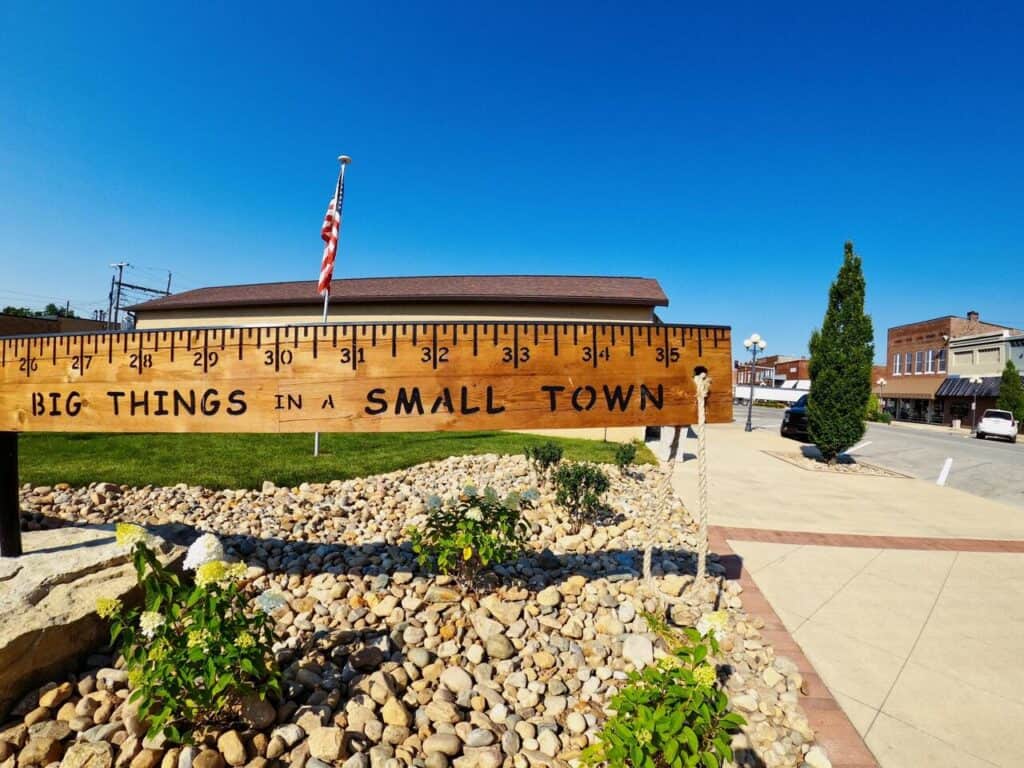
Casey is proof that going big can work in a small town. With a population just over 2,000, Casey has more world records per capita than many bigger cities.Local businessman Jim Bolin began building giant objects for publicity, and over time these sculptures multiplied: the world’s largest wind chime, mailbox, rocking chair, teeter-totter, knitting needles, and more.Each installation does more than look odd they become destinations. Visitors stop, stay in local beds, eat in local diners, buy souvenirs. It’s a clever way to use creativity and scale to revive or sustain a small town’s economy. Casey’s passionate pursuit of “big things” makes you rethink what value means for places that aren’t big themselves.
3. Gibsonton, Florida -The Carnival Town
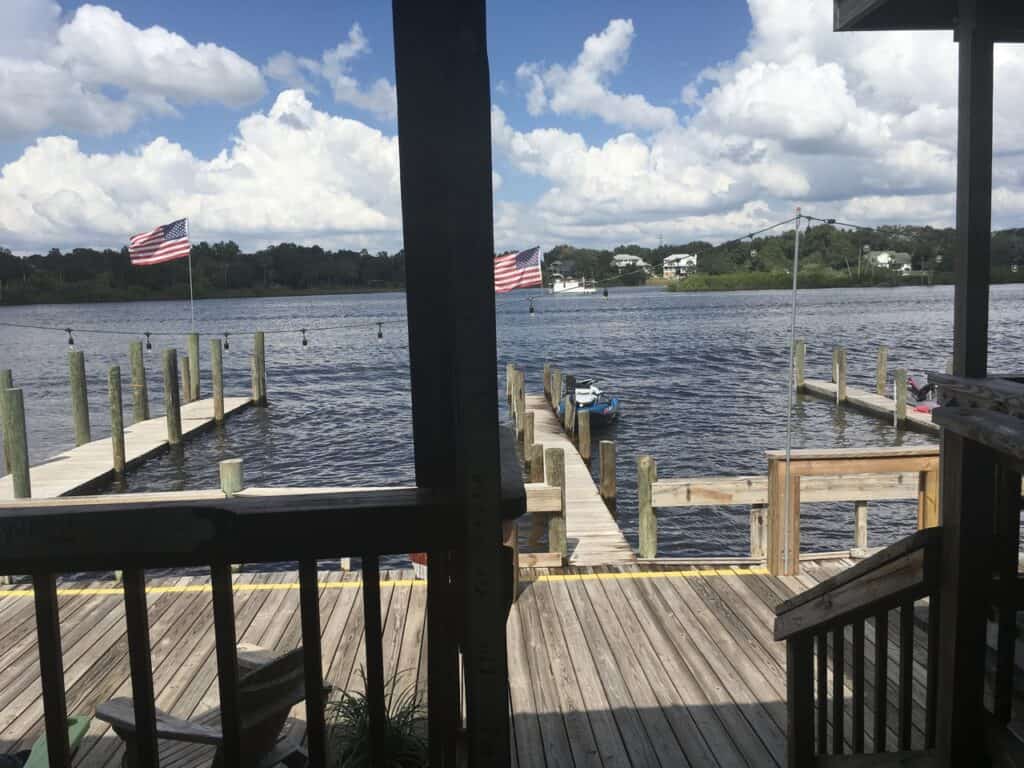
Gibsonton (nicknamed “Gibtown”) grew up with the circus. In the early 20th century carnival and circus performers needed somewhere to spend the off-season. Gibsonton offered lenient zoning laws, affordable land, and sunlight in winter. It soon became home to performers, sideshow acts, and their families people like giants, “Human Blockheads,” and featured performers you’d see under the big top.In Gibsonton, a person keeping elephants or carnival trailers in their yard wasn’t strange; it was part of the fabric. Homes, infrastructure, local laws all adapted to this lifestyle. Even today, the carnival heritage shapes Gibsonton’s identity, buildings, festivals, and how people relate to each other. It’s an example of how artifice, performance, and community combine to mold a real town.
4. Harmony, Pennsylvania -A Religious Commune as Town
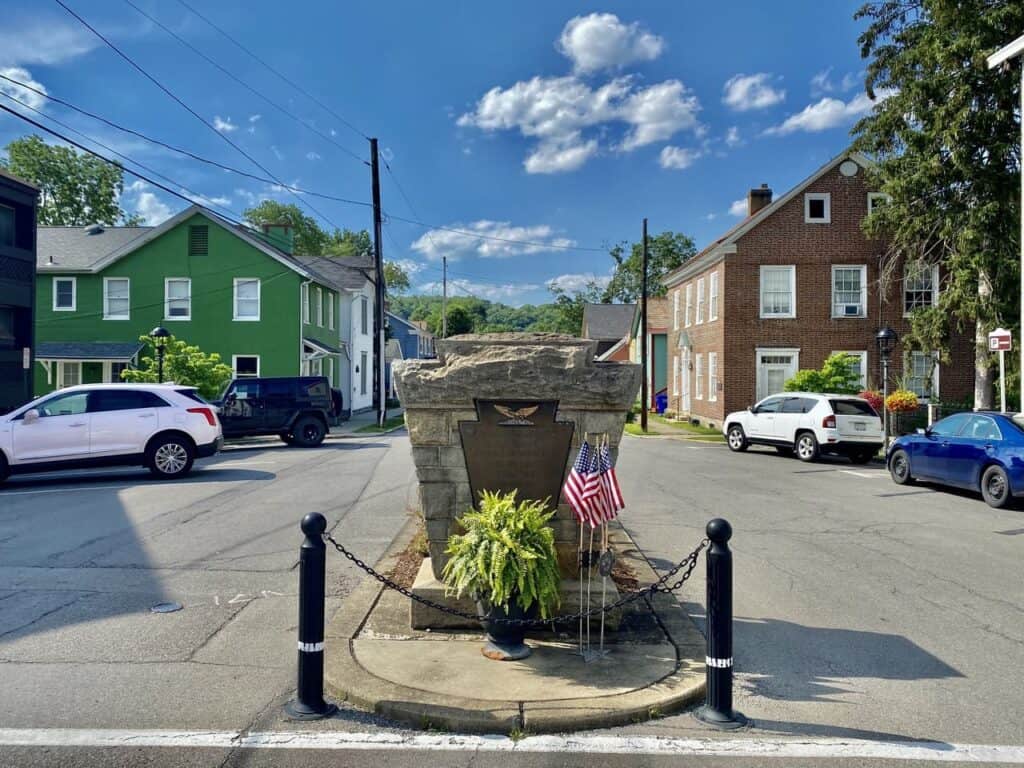
Harmony began as the physical expression of a religious and communal vision. Founded in 1804 by German pietists led by George Rapp, the Harmonist Society built Harmony to live out values of communal ownership, religious devotion, equality, and industriousness. They farmed, made goods, built sawmills and factories. The town was laid out in a deliberate way, with housing, communal buildings, and spaces that reflected their societal ideals. Though the original Harmonists moved away, the historic structures remain. Visitors today see preserved brick houses, a museum, and landmarks from the original society. Harmony is less about one object or one festival and more about how a worldview shaped every aspect of daily life from labor to neighbor relations to the built environment.
5. Maharishi Vedic City, Iowa – Spiritual Architecture and Eco Obsession
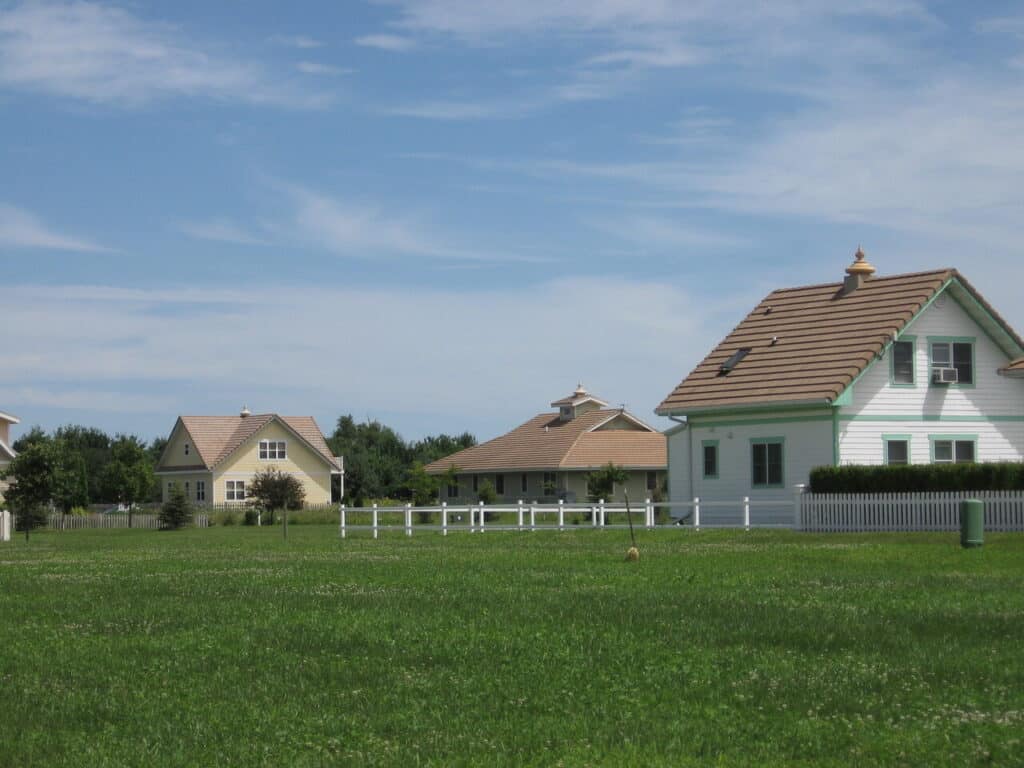
Here, the obsession is spiritual and environmental ideals. Maharishi Vedic City was founded based on the teachings of Maharishi Mahesh Yogi. Every building follows the principles of Vedic architecture, which emphasizes harmony, proportions, and alignment.The town bans non-organic food, restricts pesticide use, even limits gasoline vehicles. Its rules are strict, but consistent built to serve the spiritual and ecological values its founders believe in. Residents share in practices like meditation. The whole place, from what gets sold in shops to how you build houses, reflects that core belief. The result is a town whose obsession is not with tourism, or art, or a fictional hero but with a way of life.
6. Whittier, Alaska – Living in One Building
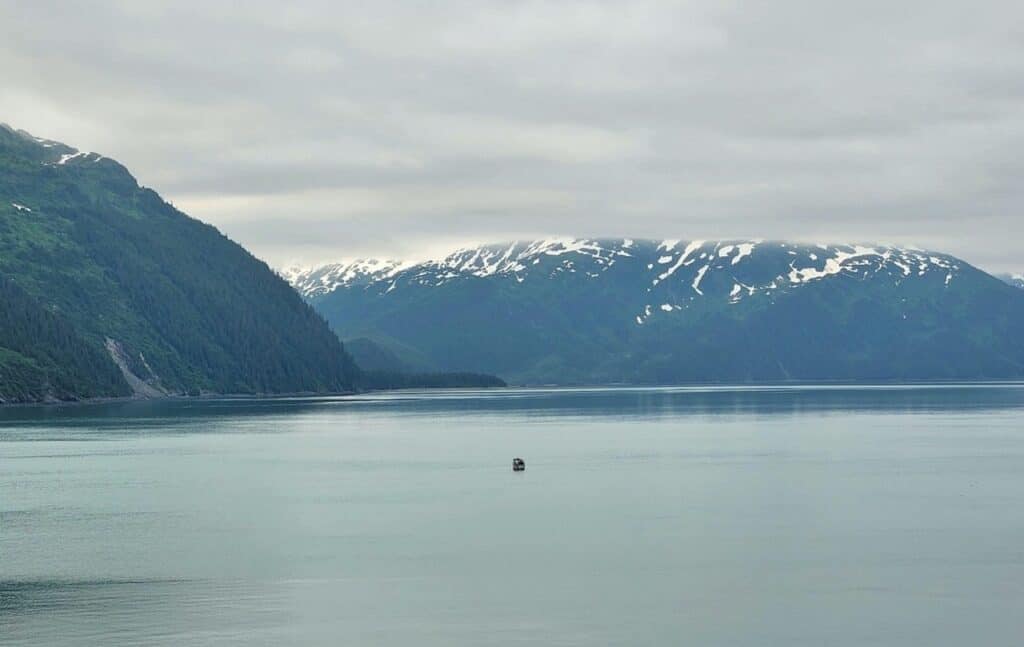
In Whittier, nearly everyone lives under the same roof. A single 14-story building, originally constructed for military purposes, now holds almost the entire town’s population.Beyond residents’ apartments, the building contains a grocery store, post office, even a police station.The obsession here is less thematic and more practical: because of geography, climate, infrastructure limits, isolation. Whittier turned its constraints into its obsession with sheltering community closely. You may think sharing a building would dilute individuality but Whittier shows it can intensify community ties. It’s an unusual setup and it speaks to how place forces obsession.
7. Monowi, Nebraska – Population of One
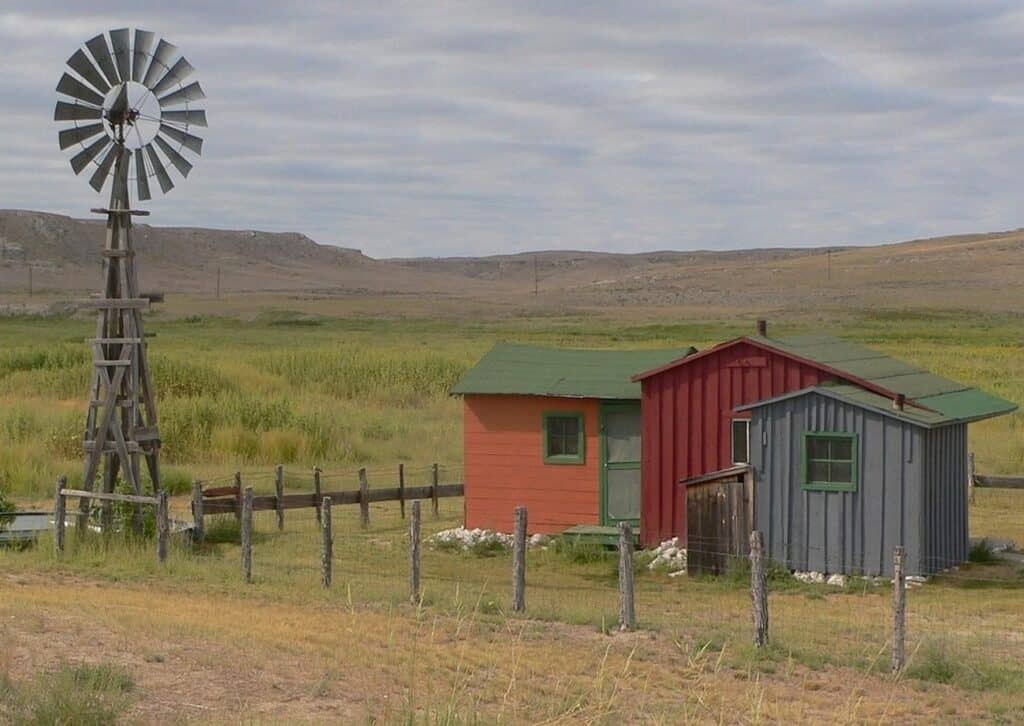
Obsessions usually need many people. Monowi flips that. It has a single resident, Elsie Eiler. She is mayor, librarian, bartender, everything.The rest of the town is basically memory and infrastructure: the tavern Elsie runs, a small library with an honor system. No school, no post office, no stores beyond what she maintains. People visit because of the story because one person choosing to stay gives Monowi a character unlike any other. Monowi’s obsession is survival, persistence, the idea that a community can still mean something even if almost everyone leaves. If you visit, you’ll feel the weight of history and the power of individual commitment.
8. Roswell, New Mexico – UFO Folklore Turned Identity
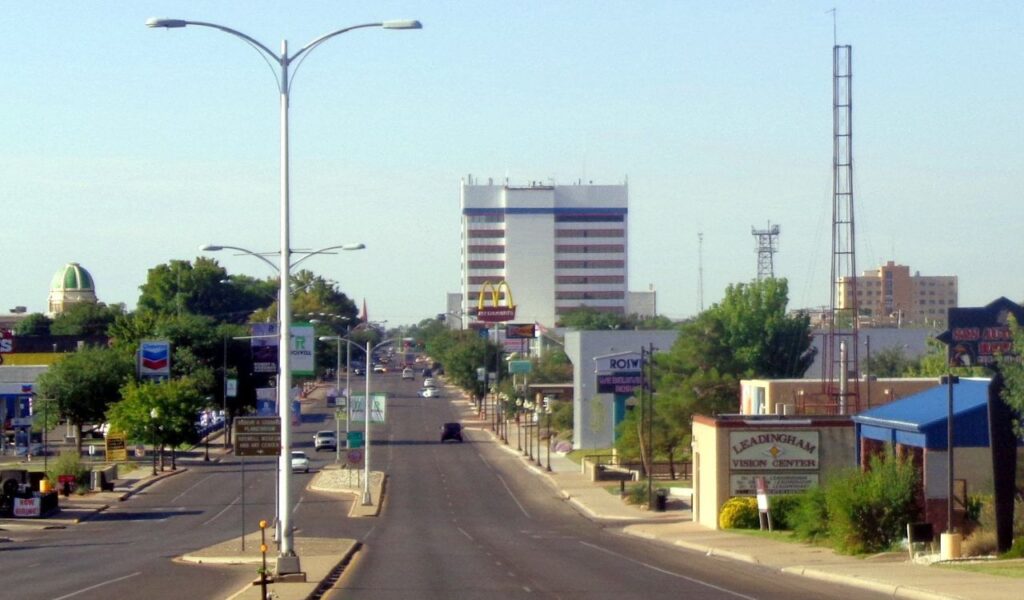
After an alleged UFO crash in 1947, Roswell leaned in. Aliens, conspiracy, murals, little green men: the event became the magnet for everything.UFO museums, conferences, themed shops, statues Roswell doesn’t just look backward; it leans into its reputation. Visitors go for the mystery, but locals live with the way it shapes daily life: tourism, branding, even some tension between seriousness and spectacle. The obsession makes Roswell both beloved and sometimes frustrating for those who wish for less kitsch.
9. Oatman, Arizona – Wild Burros and Old-West Show
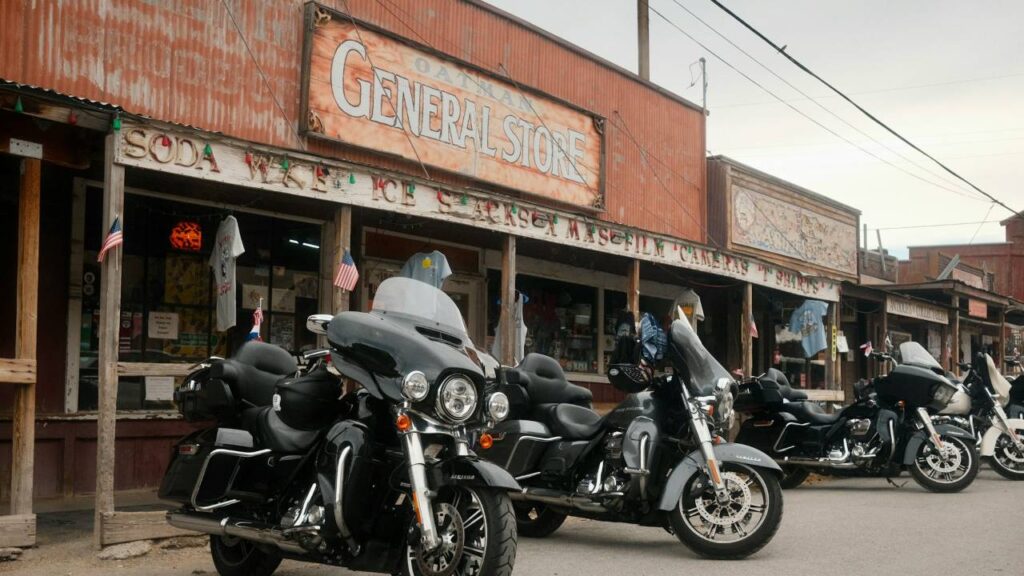
Oatman is a tiny town built around its wild burros and Old West aesthetic. Mining ghost town roots, but what draws people now are the burros that freely roam the streets locals feed them, tourists take photos and the setting seems preserved: old wooden facades, saloons, wires overhead, dust and desert. Every shop, every festival, every souvenir leans into the cowboy era. If you like living history and nature blending in weird ways, Oatman gives you that.
10. North Pole, Alaska – Christmas All Year Long
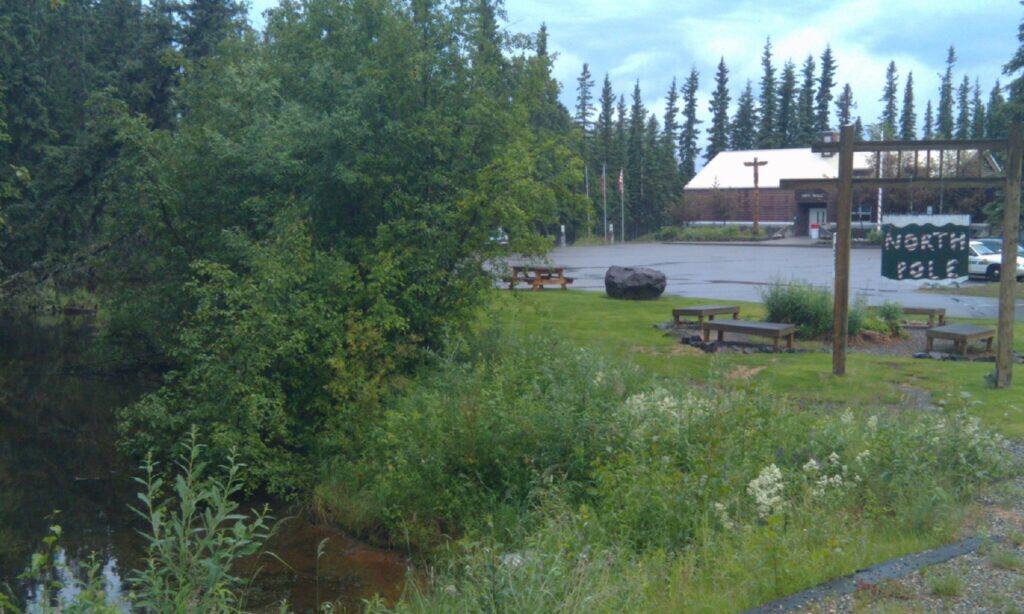
In North Pole, Alaska, Christmas is not seasonal-it’s year-round. Streets, shops, and even the post office lean into the theme. Signs, decorations, motifs everywhere. The town’s identity, marketing, business hours all reflect the obsession. When you visit, you step into a holiday movie set no matter the month. It’s immersive, intentional. And what this really shows is how a single theme, if embraced fully, can turn a small place into a destination with something unmistakable.